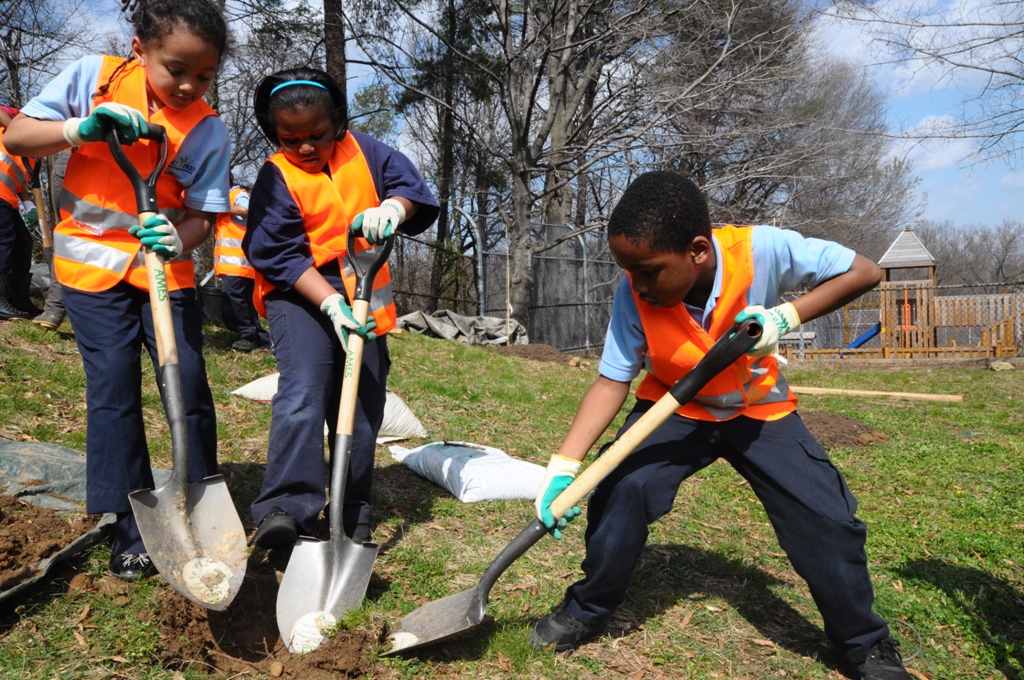Josue
Benavides
Saving
the environment isn’t only up to present generations, but also future
generations. A study was conducted seeing if elementary school children are
able to do their part in contributing to environmental research as citizen
scientists. These young scientists were taught how to measure seed vegetation alongside
scientists in their school yards. With the scientists these young children were
able to do tasks such as estimating vegetation seed coverage, measuring heights
of vegetation, and counting seeds during a removal of seeds experiment.
Although the young children had similar results in data collected they did
struggle in measuring height and collecting estimates was difficult for them as
they had no prior experience. The children showed a significant difference of data
in comparison to scientists in the part of the experiment that came to
collecting T. pratense seeds in
sequential groups. The counting of these seeds required for the children to pay
close attention. As the children were not able to focus as the scientists did
this led to under or over counting of the seeds. If future generations are able
to learn about seed vegetation at an early age this will aid ordinary citizens
doing their part to save the environment.

Figure 1( Garrison elementary planting)
References
Miczajka,
L. V., Klein, M. A., and G. Pufal. 2015. Elementary School Children Contribute
to Environmental Research as Citizen Scientists. PLOS ONE 10 (11).
Trees, C. (n.d.). School Planting: Garrison
Elementary School. Retrieved October 29, 2016, from
http://caseytrees.org/event/school-planting-garrison-elementary-school/
No comments:
Post a Comment